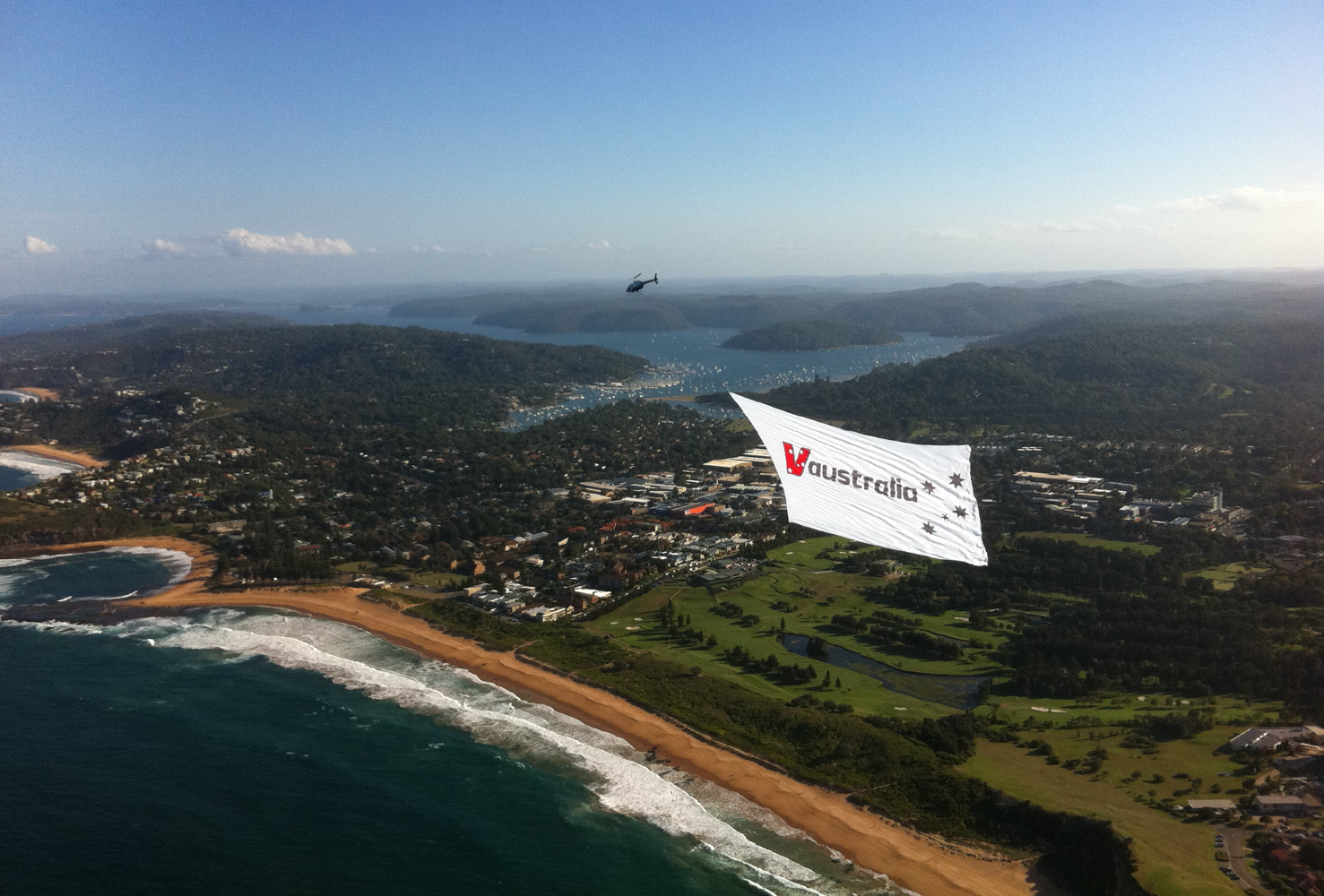Helicopter Rigging Equipment Compliance Inspections
Gavin Smith
For this case study, we discuss the importance of rigging equipment inspections.
Organisations performing high-risk work involving the use of rigging equipment will have certain essential steps and processes in place to mitigate the risk of rigging equipment failure, one of these important steps is rigging equipment inspections. Other systems in place to mitigate risk and improve working methods may include operational and procedural reviews, but for this case study, we’ll be focusing on inspections.
Firstly, in terms of the crew handling the rigging equipment, being suitably qualified and experienced to do so every rigging item selected for the intended application or job to be performed is serviceable, traceable; in terms of its service history; known date of manufacture; details of the name of the manufacturer, and any issues concerning the use and condition of the item and when it was last inspected and when the next inspection is due. This can be checked on-site by referring to inspection tags and by assessing the data label.
For the above details to be known there must be an adherence to engineering standards and best practices, standards are used as guidelines for the professional to refer to.
As an example, we have many customers who are required to be audited as part of their contractual obligations to provide helicopter services and one of the aspects of the audit process intensely focuses on rigging equipment. The first step towards satisfying an auditor involves the creation of documentation such as a rigging equipment inventory that contains all the relevant data for each item.
The second step is the inspection process itself, a thorough and robust process whereby the inspector decides if the rigging gear is serviceable, or requires repairs and is to be removed from service due to poor condition and or expired service life.
For an inspector who has specific knowledge and experience with helicopter rigging the process is straightforward, for someone who has a general knowledge of rigging the level of detail or attention to detail may not be adequate enough to ensure the rigging equipment is examined thoroughly, keep in mind less obvious signs of damage can contribute to equipment failure and the signs of fatigue, wear, stress, and other subtle damage may not easily present themselves.
Knowing how the gear is used and by whom can lead to further and more intense examination, remember prevention is key here.
Once all the rigging equipment has been examined and been passed it is then tagged and re-introduced into service with all the relevant documentation updated.
When we test rigging equipment it can be to re-introduce it into service after a repair or modification, or when we introduce new rigging equipment such as long lines and cargo nets to operators rigging inventory, they are individually proof load tested to twice the workload limit but not to exceed the capacity that the manufacturer has stated.
Get in touch with us today to discuss the inspections process of helicopter rigging equipment.

